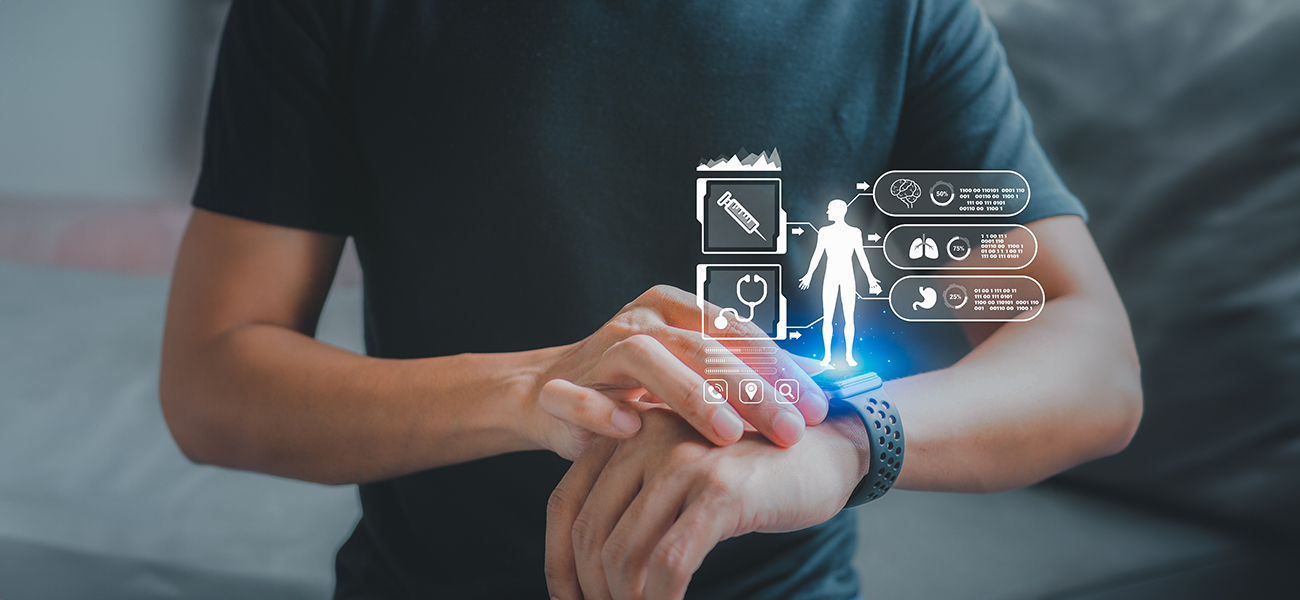Last updated: May 1, 2025

Fitness trackers and health apps offer a convenient way to monitor our well-being. While these digital tools can be beneficial, they also raise significant privacy concerns.
Understanding the Data Trail
Digital health apps collect a wealth of personal information, often without explicit user awareness.
This data can include:
- Biometric data: Heart rate, blood pressure, sleep patterns
- Physiological data: Body temperature, menstrual cycle
- Behavioural data: Exercise routines, location data
- User-provided information: Medical history, weight, height
This data can be used for various purposes, including:
- Personalization: Tailoring fitness plans and health recommendations
- Research: Studying health trends and developing new treatments
- Targeted advertising: Showing ads relevant to your health interests
Privacy Risks: A Closer Look
While these applications can offer valuable insights, they also pose several privacy risks:
- Data Breaches: Weak security measures can leave your data vulnerable to cyberattacks.
- Data Sharing: App developers may share your data with third-party companies without your explicit consent.
- Data Retention: Your data may be retained indefinitely, even after you delete the app.
- Inferential Privacy Risks: Even anonymized data can be re-identified, especially when combined with other information.
Protecting Your Health Data
Here are some practical steps to safeguard your privacy while using health and fitness apps:
- Read Privacy Policies Carefully: Understand how your data will be collected, used, and shared.
- Choose Reputable Apps: Opt for apps from well-known developers with strong privacy practices.
- Limit Data Sharing: Be mindful of the permissions you grant to apps.
- Use Strong Passwords: Protect your accounts with robust passwords.
- Keep Apps Updated: Regularly update your apps to address security vulnerabilities.
- Be Mindful of Wi-Fi Connections: Avoid syncing your data on public Wi-Fi networks.
- Review App Permissions: Regularly review and adjust app permissions to minimize data access.